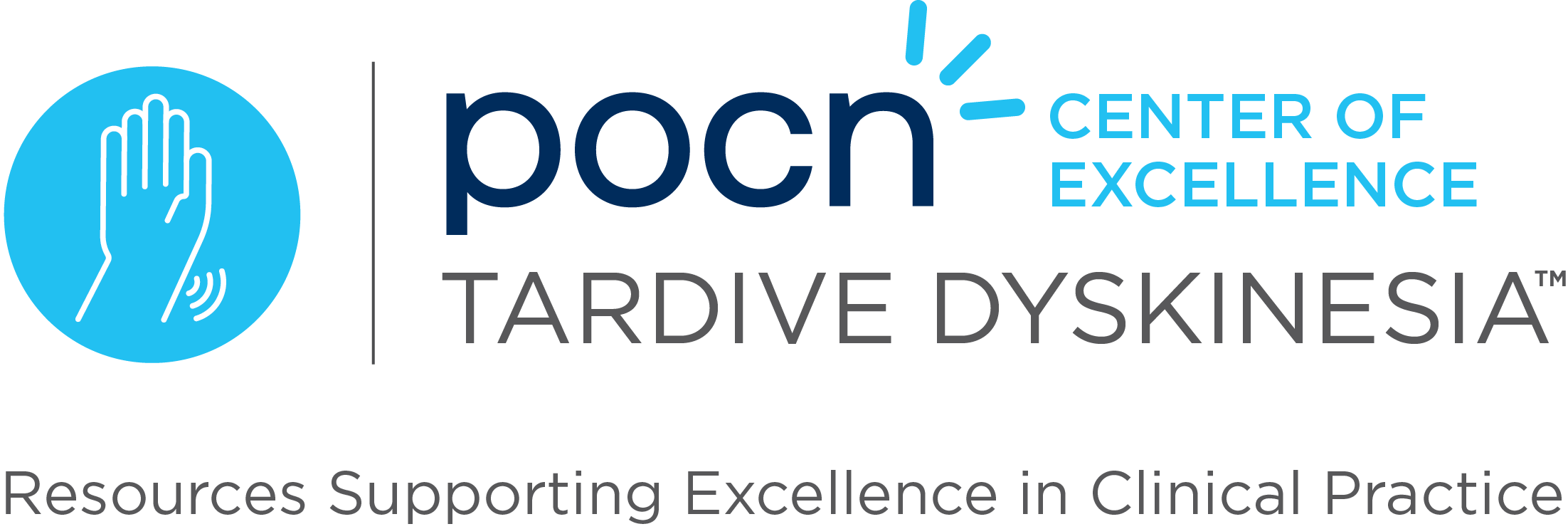Video: Differentiating Tardive Dyskinesia From Parkinsonism for Accurate Treatment

In this video, Dr. Craig Chepke underscores the importance of distinguishing tardive dyskinesia (TD) from other movement disorders to ensure proper treatment. While increased awareness of TD is promising, over-diagnosing all abnormal movements as TD can lead to errors.
Life with Tardive Dyskinesia: A Patient Journey

Keith Wapniarski’s life took a drastic turn after a car accident in 1986, which led to severe migraines and pain.
Promising Therapies for Tardive Dyskinesia: Efficacy and Safety of Valbenazine and Deutetrabenazine

Tardive dyskinesia (TD) is a neurological disorder characterized by involuntary movements, often caused by dopamine receptor antagonists. Vesicular monoamine transporter 2 (VMAT2) inhibitors, such as valbenazine and deutetrabenazine, have emerged as promising therapies for TD, with several clinical trials demonstrating their efficacy.
Study Compares Efficacy of Once-Daily and Twice-Daily Deutetrabenazine

Researchers of this study evaluated the bioequivalence of once-daily and twice-daily formulations of deutetrabenazine in a randomized crossover trial involving 262 healthy adults. Participants received either 24 mg of the once-daily or 12 mg of the twice-daily formulation over seven days. The focus was on comparing plasma concentrations of deutetrabenazine and its metabolites. Results confirmed that the once-daily formulation is bioequivalent to the twice-daily version in terms of steady-state AUC and Cmax.
Study Reveals Profound Impact of Tardive Dyskinesia on Caregivers in the United States

Researchers of a survey-based study in the United States involving 162 caregivers, highlight the profound impact of tardive dyskinesia (TD) on patients across physical, psychological, and social domains, with over 80% of caregivers reporting severe impact. Additionally, caregivers experience significant burden, with TD-related caregiving tasks affecting their psychological well-being, daily activities, and professional lives. Caregivers, particularly those of patients with more severe TD symptoms, report feelings of anxiety, sadness, and being overwhelmed. The impact on caregivers’ work productivity is notable, with high levels of presenteeism and overall work impairment reported.
Tardive Dyskinesia Impact Scale Enhances Patient-Centric Assessment of the Movement Disorder

In a recent study, researchers aimed to develop and evaluate the Tardive Dyskinesia Impact Scale (TDIS), a patient-reported outcome measure specifically designed to assess the impact of tardive dyskinesia (TD) on patients.
Clinician’s Tardive Inventory Emerges as a Reliable Tool for Assessing Tardive Dyskinesia Symptoms and Impact

Researchers of a recent study focused on developing and validating the Clinician’s Tardive Inventory (CTI) to address the limitations of current clinician-rated tardive dyskinesia (TD) symptom scales.
Expert Panel Sets New Guidelines for Assessing Tardive Dyskinesia’s Impact on Patients’ Lives

An expert advisory panel has developed consensus recommendations for assessing the impact of tardive dyskinesia (TD) on patient functioning in clinical practice, addressing a notable gap in routine evaluations. Through a systematic process, including a literature review and panel discussions, the experts emphasized the importance of assessing TD’s impact on social, physical, vocational, and psychological functioning, as well as its effect on the primary psychiatric condition.
These assessments, which researchers suggest should occur at every patient visit, involve input from patients, caregivers, and family members, and are critical for guiding treatment decisions and shared decision-making regarding TD treatment initiation.
Shedding Light on Tardive Dyskinesia: A Video Discussion With Michael Asbach

In a recent interview, hosted by Matthew Shapiro and Haley Amering, they welcomed Dr. Michael Asbach to discuss tardive dyskinesia (TD) to shed light on this often misunderstood drug-induced movement disorder. Dr. Asbach emphasized that TD is not limited to individuals with severe mental illnesses like schizophrenia; it can also impact people on various medications for different conditions. Shapiro stresses the importance of awareness, urging individuals to discuss any abnormal movements with their healthcare provider. Ultimately, the video aims to raise awareness about TD during TD Awareness Week, highlighting the significance of recognizing symptoms and seeking appropriate medical guidance.
Professional and Social Stigma Faced by Individuals With Tardive Dyskinesia Movements, Study Reveals

Researchers of a recent study aimed to understand the impact of tardive dyskinesia (TD) on people’s perceptions in professional and social settings. Using a randomized, blinded digital survey, participants watched a video of an actor simulating either TD movements or no TD movements, and then answered questions about employment, dating, and friendship.

